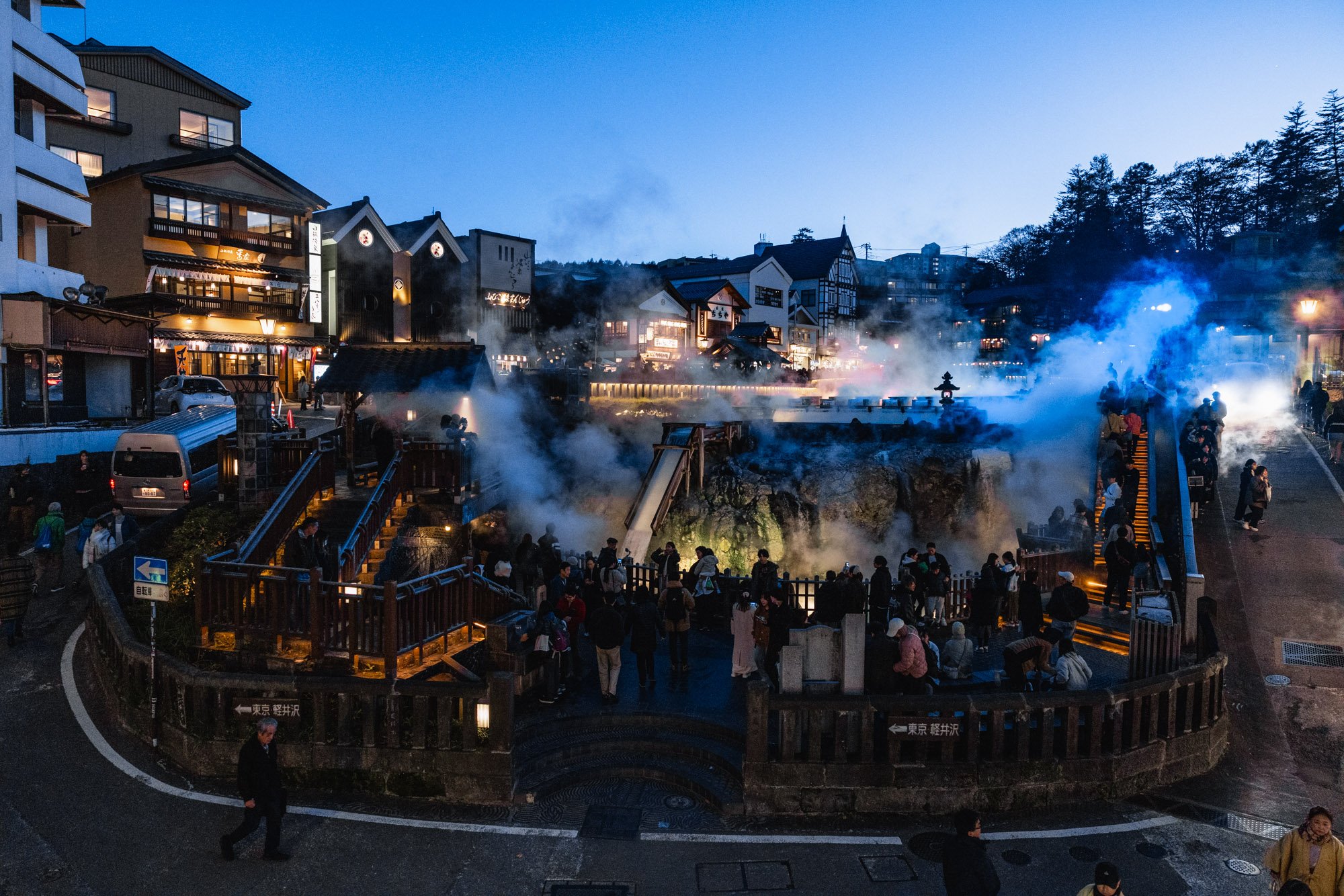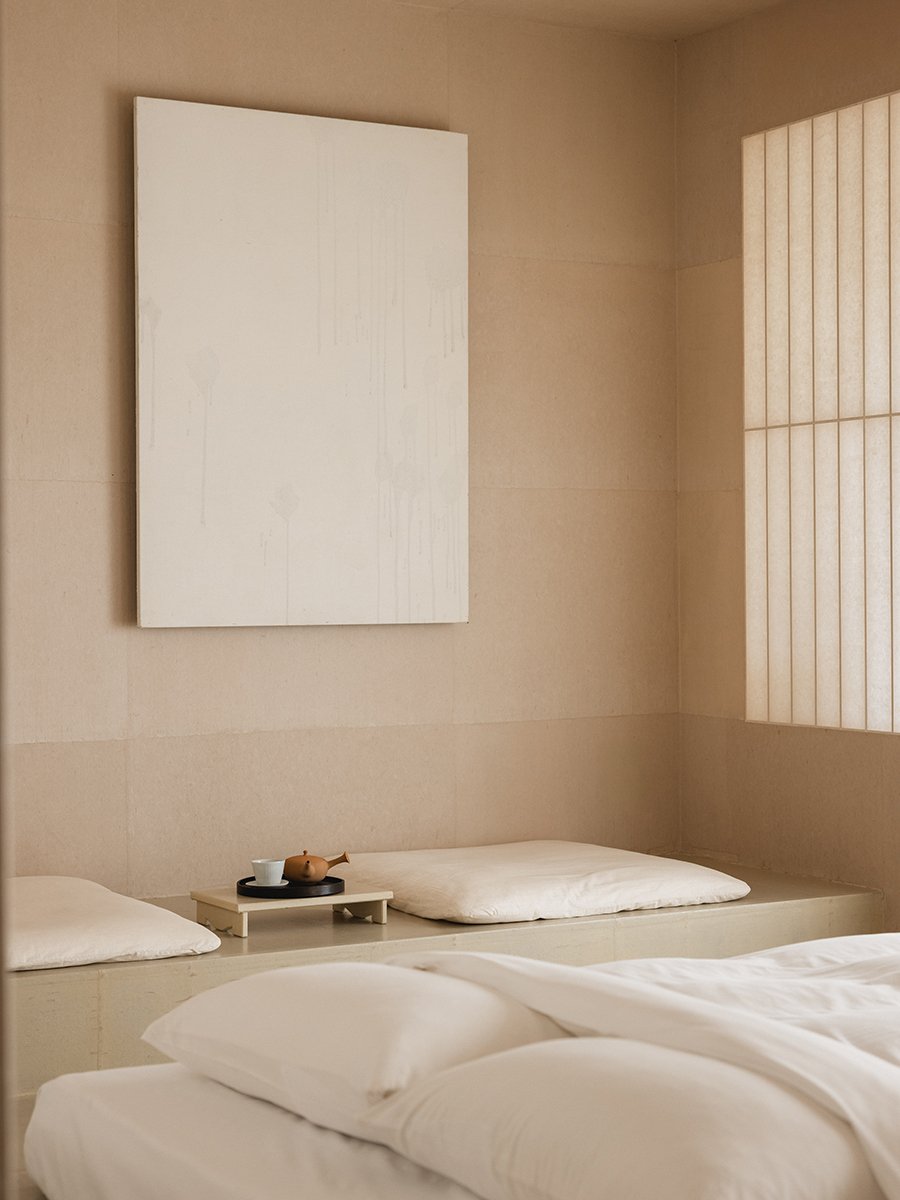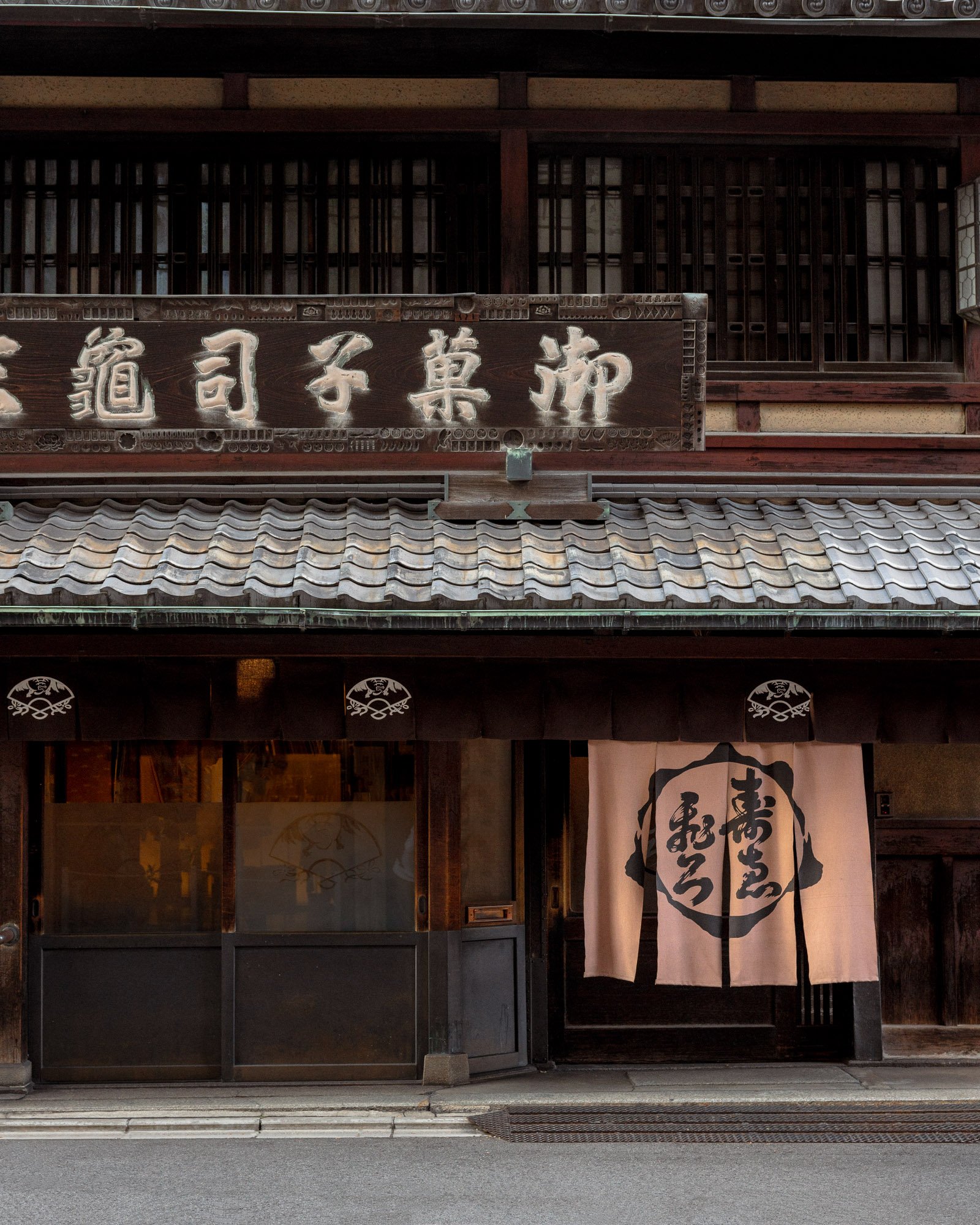Traditional Crafts in Fukuoka: An Ultimate Guide
From bamboo crafts and silk weaving to indigo dyes and ceramic artists, Fukuoka Prefecture is home to some of Japan’s most treasured craftspeople. Known locally as ‘Shokunin,’ these artisans dedicate their lives to mastering their craft and preserving these long-standing traditions for future generations.
In Fukuoka, you can explore a variety of traditional crafts, each with its own history. From the indigo-dyed Kasuri kimonos to the intricate bamboo lacquerware, every piece tells a story of meticulous craftsmanship and cultural heritage. This guide will take you through some of the most notable artisans in Fukuoka. For more on what the prefecture has to offer, including local highlights and attractions, be sure to check out my Fukuoka Travel Guide.
Kimono Silk Weaving: Nishimura Orimono
Nishimura Orimono specialises in the intricate art of kimono silk weaving. This craft requires extraordinary skill and patience, as artisans meticulously weave silk threads to create beautiful kimono fabrics. The workshop is a testament to the dedication of these craftspeople, where traditional methods are preserved and passed down through generations. Visitors can witness the detailed process of silk weaving and appreciate the exquisite quality of the finished kimonos.
Shimokawa Orimono – Indigo-dyed Kasuri Kimono
Shimokawa Orimono is renowned for its stunning indigo-dyed Kasuri kimonos. This traditional dyeing technique, known as ‘kasuri,’ involves meticulous planning and precision to create intricate patterns on the fabric. The artisans at Shimokawa Orimono use natural indigo dyes and hand-weaving techniques that have been perfected over centuries. Visiting their workshop offers a fascinating insight into the process, from dyeing the threads to the final weaving.
Inoue Rantai Shikki - Bamboo Lacquerware
Inoue Rantai Shikki is famous for its bamboo lacquerware, a craft that combines the natural beauty of bamboo with the elegance of lacquer. This intricate art form involves shaping bamboo into various forms and then applying layers of lacquer to create a smooth, durable finish. The result is a range of stunning, functional pieces that highlight the versatility and beauty of bamboo. Visitors to Inoue Rantai Shikki can explore the workshop and see firsthand the meticulous process that goes into creating each piece of lacquerware.
Looking for more kimono crafts? Explore 6 Alternative Experiences for Your Next Trip to Kyoto.
Moriyama Kanzan Gama - Ceramics
Moriyama Kanzan Gama is a renowned ceramic studio in Fukuoka, known for its beautiful and functional pottery. The artisans here use traditional techniques to create ceramics that are both aesthetically pleasing and practical. Each piece is carefully crafted, from the initial shaping of the clay to the final glazing and firing. Visiting Moriyama Kanzan Gama offers a unique opportunity to see the artistry involved in ceramic making and to purchase some of these exquisite pieces as a memento of your trip.
Fukuoka Highlights
Dazaifu Tenmangu Shrine
One of Fukuoka’s most revered sites, Dazaifu Tenmangu Shrine, is dedicated to the deities of learning and culture. The shrine, set amidst serene gardens and ancient trees, offers a calming escape and a glimpse into Japan’s spiritual heritage. The approach to the shrine is lined with traditional shops selling local crafts and sweets. Visitors can explore the beautifully landscaped grounds, witness traditional ceremonies, and even participate in tea ceremonies held in the shrine’s teahouse.
Nanzo-in Temple
Nanzo-in Temple is home to the world’s largest bronze reclining Buddha statue. The statue, measuring 41 metres in length, is a symbol of peace and enlightenment. The temple complex includes numerous smaller shrines and statues, each offering unique insights into Buddhist traditions. A visit to Nanzo-in provides not only spiritual reflection but also a chance to explore beautiful walking paths that wind through the surrounding hills.
Yatai
Yatai, Fukuoka’s iconic street food stalls, offer a unique culinary experience. Scattered across the city, particularly in areas like Nakasu and Tenjin, these mobile food stalls serve a variety of local specialties, from Hakata ramen to yakitori. Dining at a yatai is a communal experience, where locals and tourists gather around small counters. The informal, friendly atmosphere of yatai embodies the spirit of Fukuoka’s food culture, providing an unforgettable taste of the city’s culinary delights.
Discover lesser-known destinations, bucket list experiences and unique hotel recommendations in my brand-new guidebook, Views from Japan.
Best Time to Visit
The best time to visit Fukuoka is during the spring (March to May) and autumn (September to November) seasons, when the weather is mild, and the natural scenery is at its most beautiful. Spring brings cherry blossoms, transforming parks and streets into picturesque scenes of pink and white. Autumn offers stunning foliage, with vibrant reds and oranges painting the landscapes. These seasons are also filled with festivals and events, providing cultural insights and entertainment.
Getting Around
Navigating Fukuoka is convenient and efficient, thanks to its comprehensive public transportation system. The city’s subway lines connect major attractions and neighbourhoods, making it easy to explore without a car. Buses and trains provide access to more remote areas, ensuring that visitors can reach even the lesser-known destinations. For those who prefer a more personal mode of transport, renting bicycles is a popular option, with many bike-friendly paths available. The Fukuoka Tourist City Pass offers unlimited travel on buses and trains within the city, providing an economical and hassle-free way to experience all that Fukuoka has to offer.
Discover Japan, Minus the Crowds.
Are you tired of seeing the same over-crowded locations in Japan? I want to offer you a more meaningful experience; one that inspires you to travel to lesser-known destinations and explore Japan’s unique cultural experiences. Views from Japan is a brand new travel guidebook packed with over 260 unique experiences and timeless destinations, giving you all the tools so that you can create a once-in-a-lifetime Japan itinerary.
























